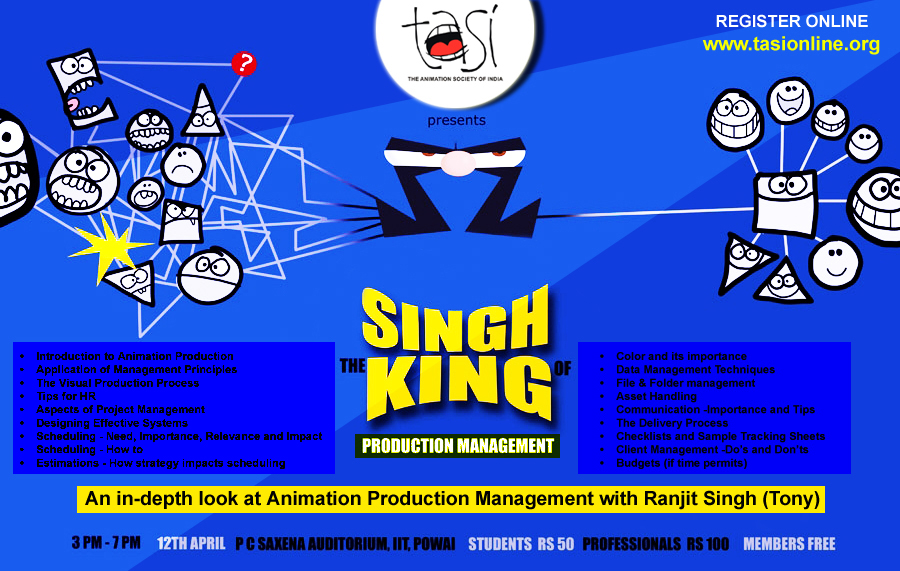A 150 strong audience set the pace for the much awaited session on Animation Production Management conducted by Ranjit Singh (Tony). Taking an unconventional approach, the presentation started with a case study on a non-animation project. Tony explained how the basic principles of production management are common across different fields. Life becomes simpler if you analyze a project carefully, break it down into manageable tasks, commit resources intelligently and monitor the progress regularly. Animation production management, he explained, is about common sense, more than anything else. Most projects run into trouble because of lack of proper planning and control over the execution. Whether you are an independent artist, student or a professional working for an organization, production management has to start with you, he said. The best systems, procedures and pipelines will fail miserably if there is no belief that organization and discipline go hand in hand with hard work. Planning in the absence of control over the execution is as good as not planning at all.
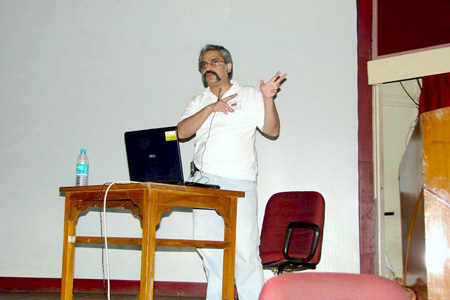
Production management is about managing people effectively to successfully achieve objectives and therefore communication plays a vital role in this highly subjective visual medium. The production process starts with an idea that travels through various people and tasks to finally reach an audience. A production management system has to ensure that the idea develops into a finished product within cost, on time and as per quality expectations of the creators. Taking a dig at people who sought quick fix solutions, Tony stressed that there is no magic overnight formula that can streamline productions. It takes commitment, time and a focused approach in order to create systems that provide long term benefits. The first step however is to recognize the fact that there is a problem. A buy-in is the key to success for any plan. When people believe that the systems and processes they use really help them to achieve their objectives, then compliance becomes a non-issue. To this effect it is necessary for production management solutions to be non-intrusive. Free the artist from the responsibility of tracking and monitoring productivity.
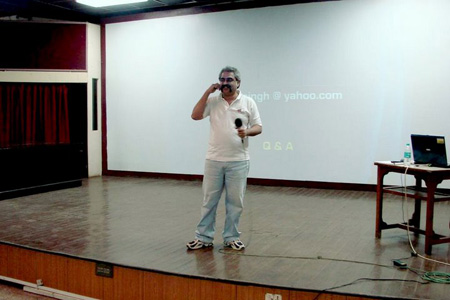
In terms of designing a system, Tony presented an elaborate list of activities that can help in putting together an effective solution. Discussing the 4 steps –assessment, design, testing and implementation, he showed how easily an acceptable and effective system can be built. Next he discussed the importance of scheduling and explained how to create a simple schedule chart. ‘It’s a huge confidence boost for a client when he is presented with a detailed schedule. The knowledge that the team has a plan with dates and deliverables clearly outlined is simply very reassuring’, he said. ‘Schedules are important since they help to keep a tab on the daily progress of a project. Proper allocation based on specific deliverables ensures that costs and resources are in check. As far as possible, design non-linear schedules since they save time and are thus far more cost effective’ he added. Using another example, Tony explained that strategy has a direct impact on schedules. It is only when accurate data is available, that you can utilize available resources properly. Throwing manpower and machines at every problem is not the solution. It may be simple and for those with deep pockets it may be easy, but it is a wasteful exercise. Easy decisions need not be right and right decisions may not be easy.
Over the course of 5 hours, many areas of production management were discussed, use and importance of color, data handling, asset management, file and folder structures, naming conventions and the impact of each of these on time, cost and productivity. Using a simple calculation Tony showed how latent time can affect the bottom line. ‘These are hidden factors and very often overlooked by most people’ –he said. ‘It may be as simple a task as opening a file, but if you calculate the amount of time it takes you between being able to locate the file, open it and start working on it, you will realize that in the absence of an proper data management structure, you are wasting a lot of money in the form of idle time –what looks like a few seconds can actually translate into valuable hours’, he explained.
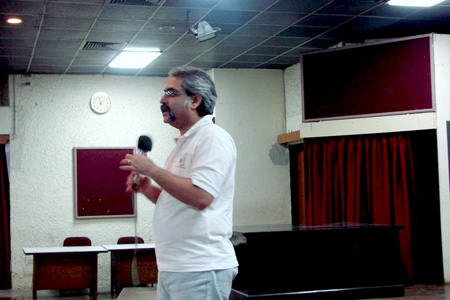
There were anecdotes and lighter moments too as Tony showed the importance of the various facets of production management by drawing examples from real life funny situations. When you deal with people from all walks of life, you have to be sensitive. Production management should not be some dry clinical approach that takes all the fun out of creating animation. On the contrary it is about putting systems in place that can enable people to have fun doing what they are doing without wasting resources.
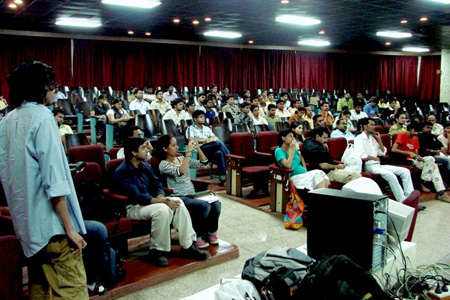
Desperately out of time even after 5 hours, but with the audience insisting on an extension Tony then went on to show how to create budget sheets for projects. The day ended with a Q&A session.
Reacting to the response and the audience in general, Tony commented ‘When people come in from as far as Jaipur and New Delhi to attend your session, it really is quite humbling. Quite frankly I was really surprised when we received over 275 registrations for this event. And then to get feedback from the audience that they were really glad they decided to attend is quite encouraging. TASI has been receiving requests to conduct sessions in other cities and I hope we will be able to include this topic into the itinerary too’.
– TASI Media Desk
